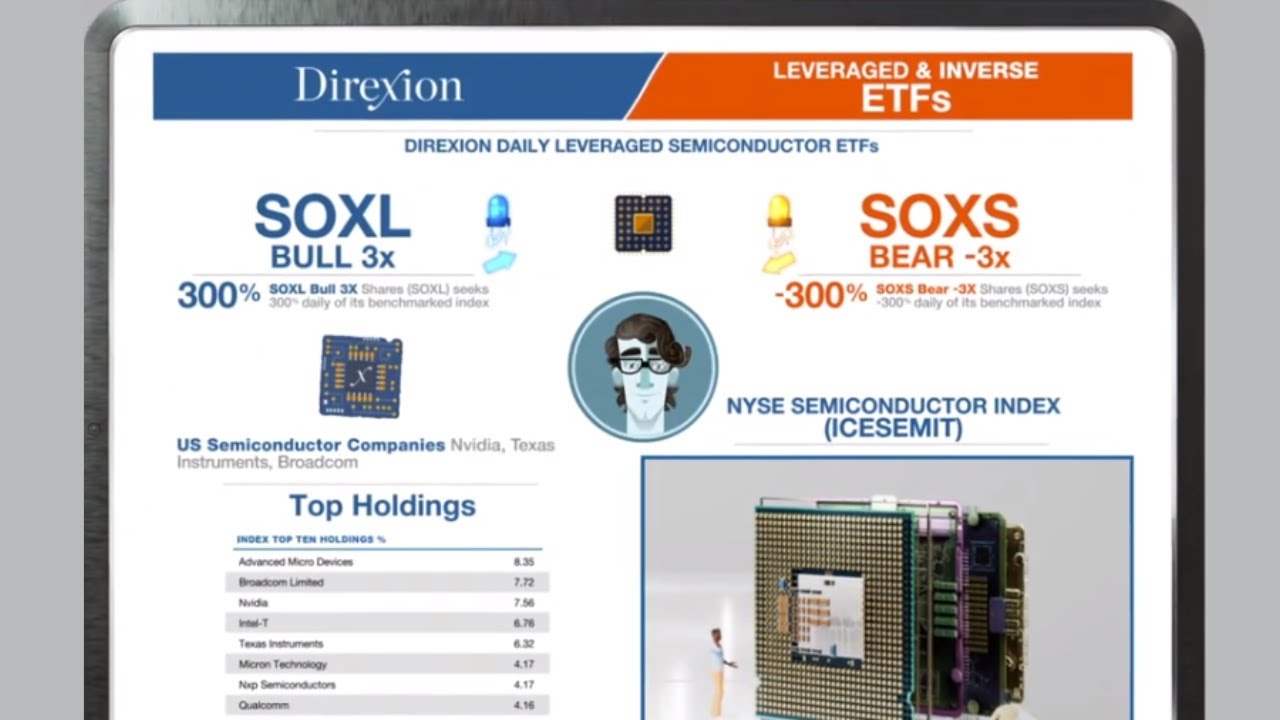Even if you don’t sell your mutual funds in 2014, you could still be on the hook for a hefty tax bill. The good news is you can limit the tax bite by paying attention to what’s going on with the funds you hold in your taxable investment account.
Fund companies regularly distribute dividends (Nasdaq:VDIGX), bond income (Nasdaq:LSBDX), and capital gains to shareholders. Over the next two months, mutual fund companies will be reporting 2014 capital gains distributions. As an fund shareholder, you must pay taxes on those distributions the year they were received.
(Audio) Listen to Ron DeLegee @ The Index Investing Show
While it’s nearly impossible to foretell what the exact distribution will be from fund to fund, here are a few telltale signs that a tax bomb looms.
Fund Manager Change
Whenever a mutual fund manager leaves, it increases the potential for significant portfolio changes within the fund itself. Management changes increases the possibility of asset sales by the new manager which in turn could result in higher tax liabilities relative to other years for fund shareholders. Mutual fund investors are at the mercy of whatever the new fund manager decides to do, which isn’t a good place to be.
Massive Shareholder Redemptions
The Pimco Total Return Fund (Nasdaq:PRTTX) just experienced a startling $27.5 billion of shareholder redemptions in October alone. The record outflows at the Pimco Total Return Fund have led to a whole lot of unintended consequences. When fund managers are forced to sell assets to raise cash to pay exiting shareholders, guess who gets stuck with the tax bill? Remaining shareholders.
The fact that one mutual fund shareholder can negatively impact the tax consequences of another is a major structural flaw of mutual funds. This shortcoming doesn’t exist with ETFs.
Elevated Tax Cost Ratio
Most mutual fund investors (Nasdaq:OAKMX) never bother to check what their fund’s expense ratio is and even fewer investors check their fund’s tax cost ratio. And boy, are they missing out.
The tax cost ratio measure how much of a mutual fund’s annualized return has been slashed by the taxes that investors have paid on distributions. For instance, the Fidelity Contrafund (Nasdaq:FCNTX) has a 3-year tax cost ratio of 0.81%, according to Morningstar. Add that to FCNTX’s annual expense ratio of 0.66% and it gives taxable shareholders a truer picture of ownership costs of this particular fund over the past few years.
Just as high expense ratios are bad, a mutual fund with an elevated tax cost ratio is not good.
Minimizing the Tax Bite
If you own a mutual fund in a taxable account with any of the above mentioned attributes, the best way to avoid an unwanted 2014 tax bill is to sell the fund before its announced tax distribution date. If you wait until after this date to sell, it’s too late and you’ll be on the hook for any tax liabilities for the year.
The easiest way for a taxable investment portfolio to achieve tax-efficiency is to make tax friendly investment products like index ETFs the foundation of your taxable portfolio. Another way to achieve tax-efficiency is to have smart asset location by making sure your taxable and tax-deferred investment accounts are properly coordinated.
Tax-efficiency refers to how well your portfolio slashes the negative impact of taxes. Also, tax efficiency is one of the five grading categories of Ron DeLegge’s Portfolio Report Card. Remember: Paying unnecessary and totally avoidable taxes is a dumb way to invest.
Follow us on Twitter @ ETFguide



